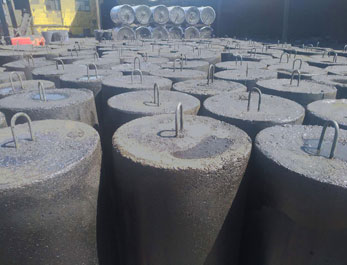What is the use of Soderberg electrode paste?
Soderberg electrode paste is a crucial component in the process of manufacturing steel and other metals. It is a mixture of various materials that is used as a conductive material in the production of steel using the electric arc furnace method.
Firstly, let us understand the electric arc furnace process used in steelmaking. The process involves melting scrap metal in a furnace using an electric arc. During this process, the electrodes that are inserted into the furnace need to conduct electricity and withstand the high temperatures. The electrodes play a crucial role in this process as they provide the heat required to melt the metal. The Soderberg electrode paste is used to make the electrodes conductive and heat resistant.
The Soderberg electrode paste is made by mixing various materials such as calcined petroleum coke, coal tar pitch, and recycled anode butts. These materials are mixed in specific proportions and then baked at high temperatures to form a paste. The paste is then extruded into the required shape and size of the electrode.

The use of Soderberg electrode paste in the electric arc furnace process offers several benefits. Firstly, it provides excellent electrical conductivity to the electrodes, ensuring that the required heat is generated to melt the metal. Secondly, the paste is heat-resistant, which means that it can withstand the high temperatures in the furnace without disintegrating or losing its properties. This helps in reducing the frequency of electrode changes during the steelmaking process.
Another significant advantage of using Soderberg electrode paste is that it is an environmentally friendly alternative to other electrode pastes. This is because it uses recycled materials such as anode butts, which reduces waste and saves resources. Additionally, the use of this paste reduces the emission of greenhouse gases during steel production, making it a more sustainable option.





